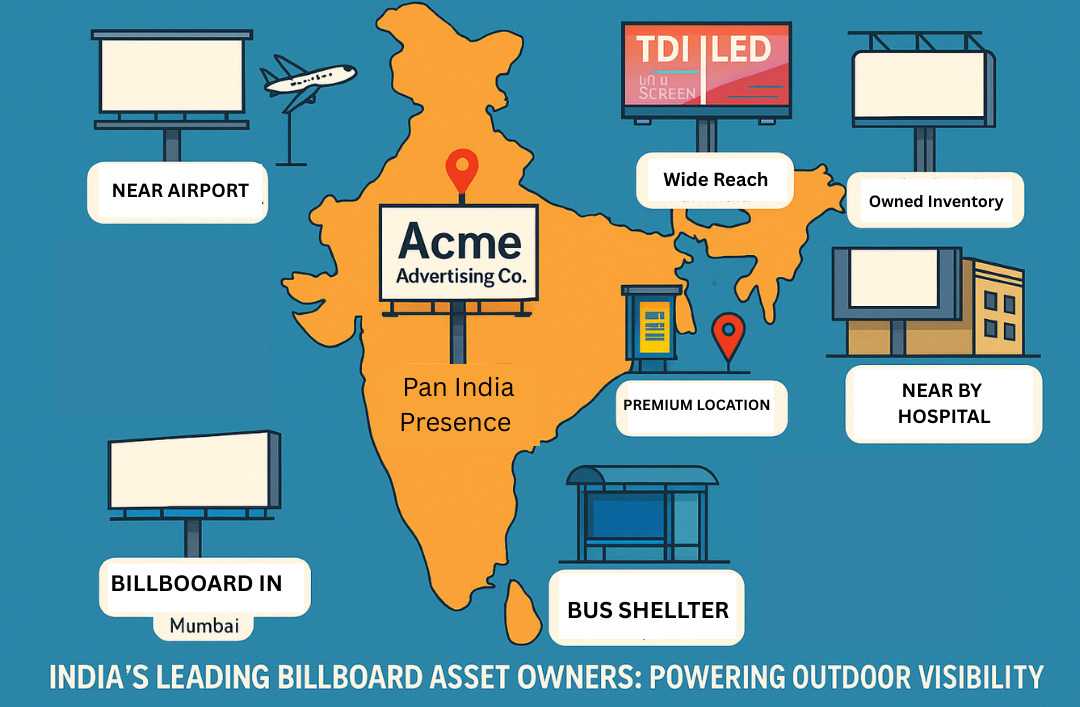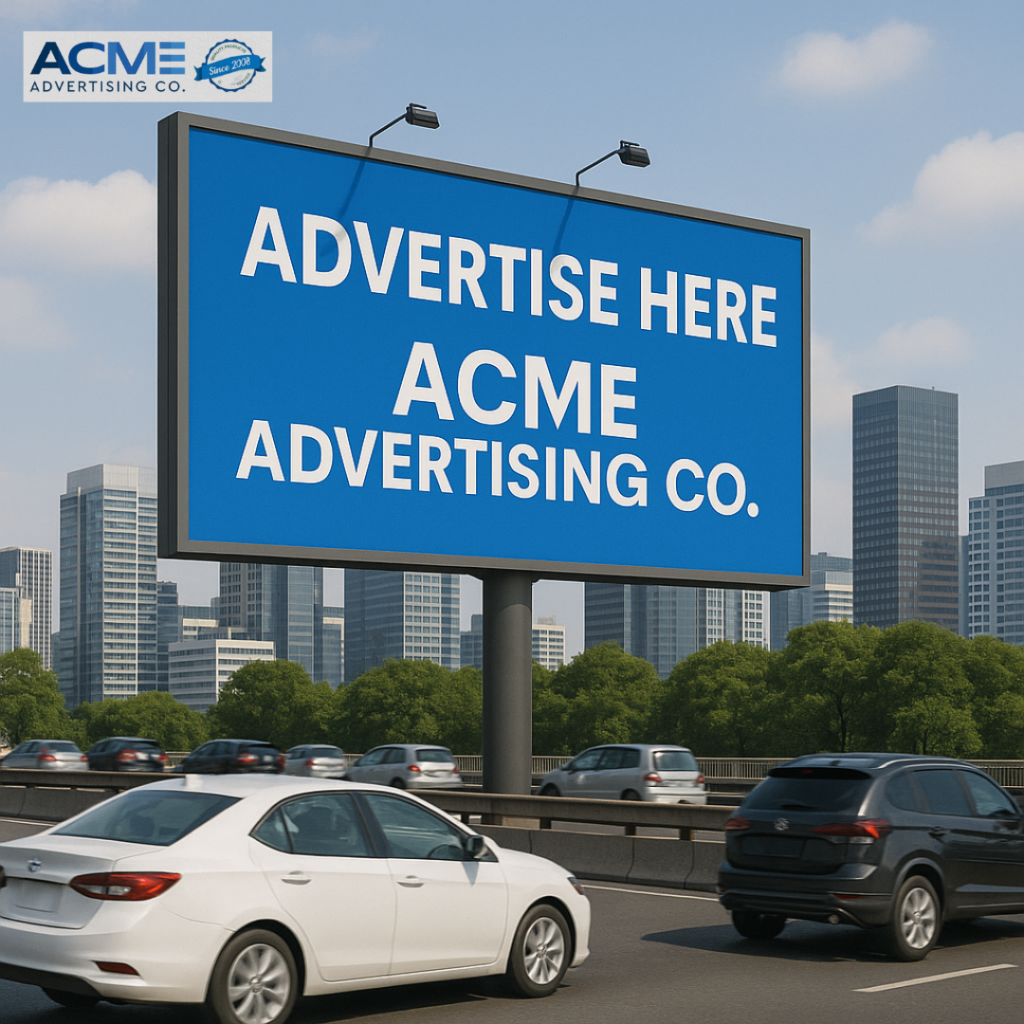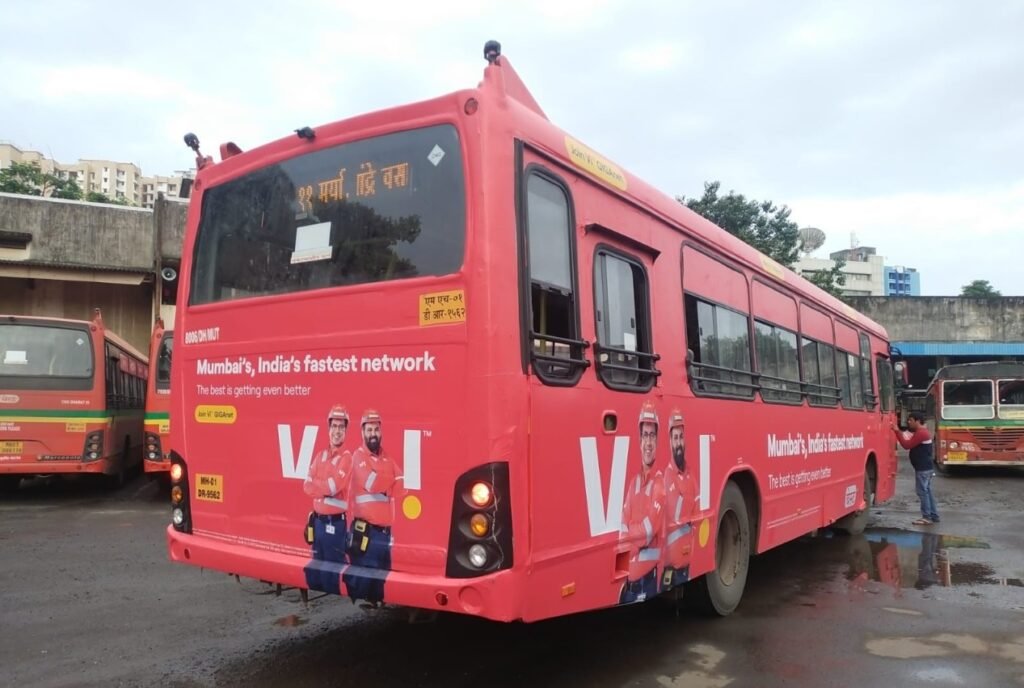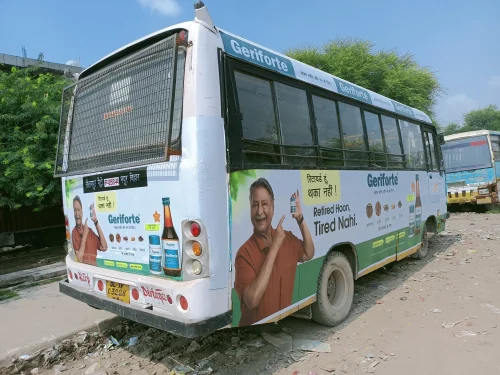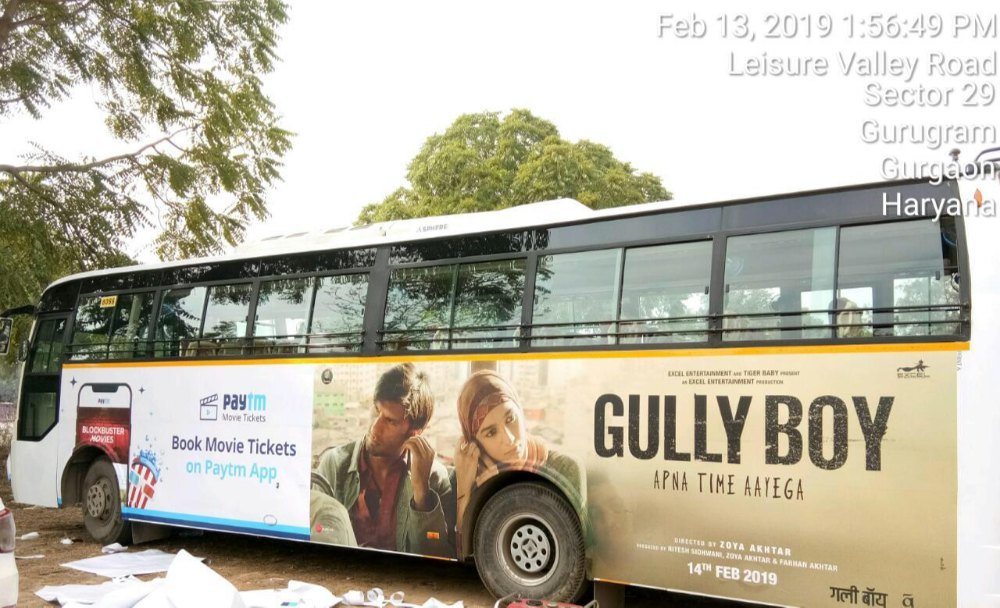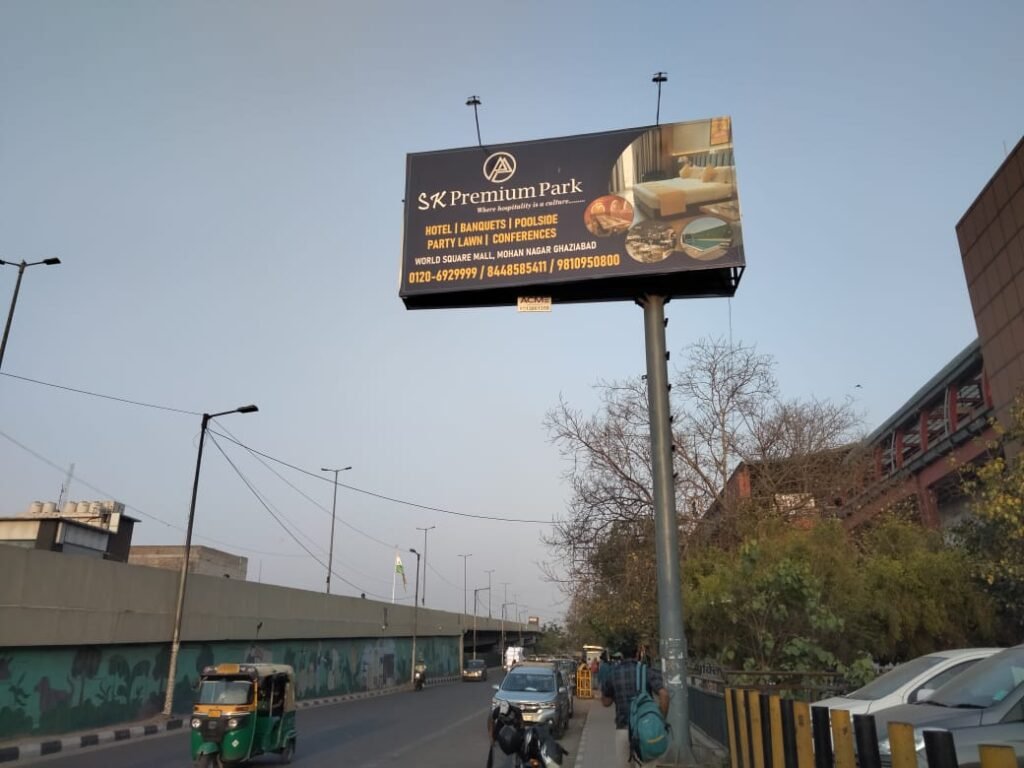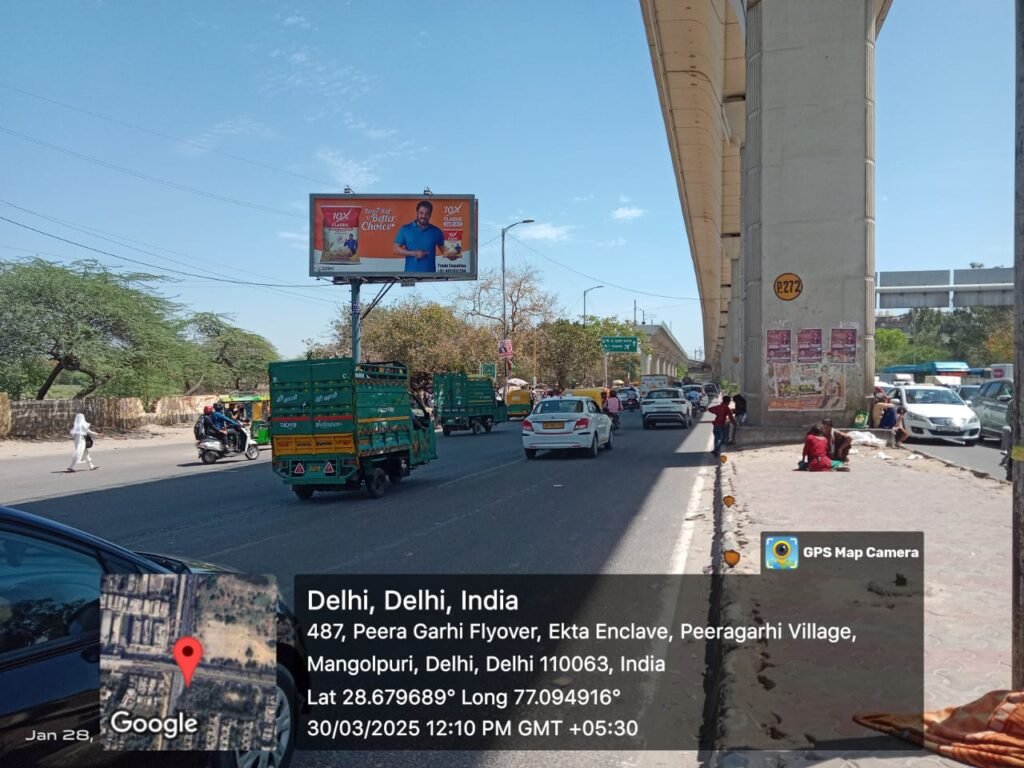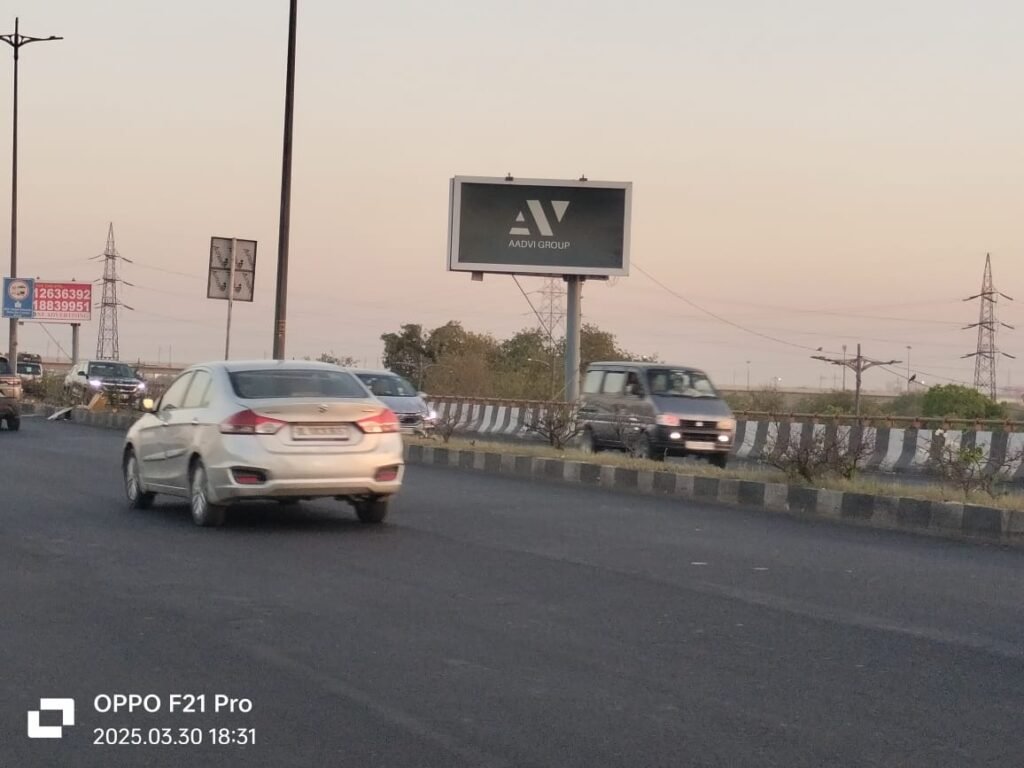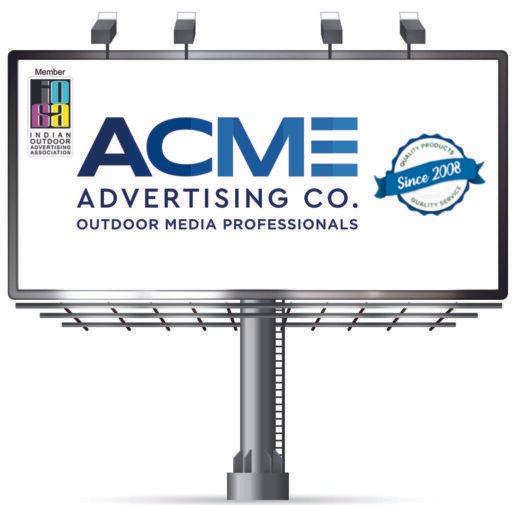auto advertising companies The automotive industry has always been competitive, but in today’s fast-moving digital age, standing out is more difficult than ever. Car buyers have evolved—they no longer walk into showrooms without doing prior research. They compare brands online, look for reviews, and hunt for the best deals. In this landscape, advertising is not optional—it’s essential.
This is where auto advertising companies come into play. These specialized agencies understand the automotive customer journey, from the first glance at a street banner to the final decision to purchase a car. They offer more than just ads—they deliver integrated, intelligent marketing that turns attention into action, and curiosity into customers.
Let’s explore what makes a truly effective auto advertising companies—and why working with a seasoned partner can accelerate your dealership’s growth.
✅ 1. 16+ Years of Industry Experience: Expertise That Drives Results In auto advertising companies
In the advertising world, experience isn’t just about longevity—it’s about learning, evolving, and mastering what works. A company with over 16 years of experience in the auto sector brings a deep understanding of the industry, consumer behavior, and market trends.
Over the years, these companies have adapted from traditional print and outdoor advertising to advanced digital marketing campaigns. They’ve helped dealerships during economic downturns, sales booms, and the pandemic, and understand how to pivot strategies based on changing market dynamics.
Such experience enables them to:
- Build campaigns based on real-world insights
- Avoid costly mistakes
- Anticipate buyer trends and seasonal demand
- Provide dealerships with proven formulas for launching, promoting, and selling vehicles effectively
In a constantly evolving industry, experience equals efficiency—and efficiency equals faster, better results.
🌐 2. Pan-India Presence: Nationwide Reach With Local Precision
India is a vast, culturally diverse market. What works for a customer in Mumbai may not resonate with a buyer in Lucknow or Coimbatore. A truly capable auto advertising company understands this—and delivers targeted messaging with localized precision.
With a Pan-India presence, your brand can:
- Reach both urban and rural customers effectively
- Run regional language campaigns for stronger engagement
- Execute consistent promotions across multiple dealership locations
- Activate quick-turnaround local events, promotions, and outdoor branding
Whether you’re a local dealership or a large automobile group, having an advertising partner with a national footprint means you’re never limited by geography. You get local execution with national scale—ensuring your brand is visible, relevant, and persuasive wherever your customers are.
🔁 3. 77% Repeat Client Rate: Proof of Performance and Trust
In marketing, results matter—but consistency matters even more. A 77% repeat client rate is not just a statistic; it’s a sign of ongoing trust, performance, and value.
This high retention rate proves that the company is not just landing clients—they’re keeping them, year after year. Why? auto advertising companies Because they deliver measurable outcomes, transparent communication, and creative strategies that resonate with the audience.
Repeat clients are the best testimonial any company can have. They indicate:
- High client satisfaction
- Strong relationship-building
- The ability to meet or exceed expectations consistently
- A commitment to long-term partnerships, not one-time deals
In a world full of flashy presentations and hollow promises, this kind of loyalty is hard to earn—and speaks volumes about reliability.
🖨️ 4. In-House Printing Unit: Faster, Better, and Cost-Effective Execution
Execution is where most advertising plans fall apart. Even the best ideas can suffer from production delays, quality issues, or dependency on third-party vendors. A auto advertising companies with an in-house printing unit eliminates these issues by controlling the entire process under one roof.
What does this mean for your dealership?
- Faster turnaround times for banners, standees, hoardings, and showroom branding
- Consistent print quality that meets your brand standards
- Lower production costs by cutting out middlemen
- Ability to rapidly respond to offers, events, or local festivals
From showroom branding to vehicle wraps to outdoor hoardings, an in-house printing capability gives your brand the speed, agility, and quality assurance needed in today’s competitive environment.
🚀 Beyond Advertising: A True Growth Partner
A great auto advertising companies doesn’t just create ads—it becomes a growth partner. It understands your sales goals, aligns with your vision, and builds marketing campaigns that drive showroom visits, generate leads, and move vehicles off the lot.
Such a partner brings together:
- Strategic consulting
- Creative storytelling
- Local and national media buying
- Digital expertise
- On-ground activation
- High-performance analytics
From the streets (outdoor and local marketing) to the sales floor (customer conversions and test drives), the power of a specialized auto advertising companies lies in its ability to turn visibility into value.
🚗 Want More Footfall and Faster Sales? Let’s Talk!
Expend your network with us, Let’s connect on LinkedIn




